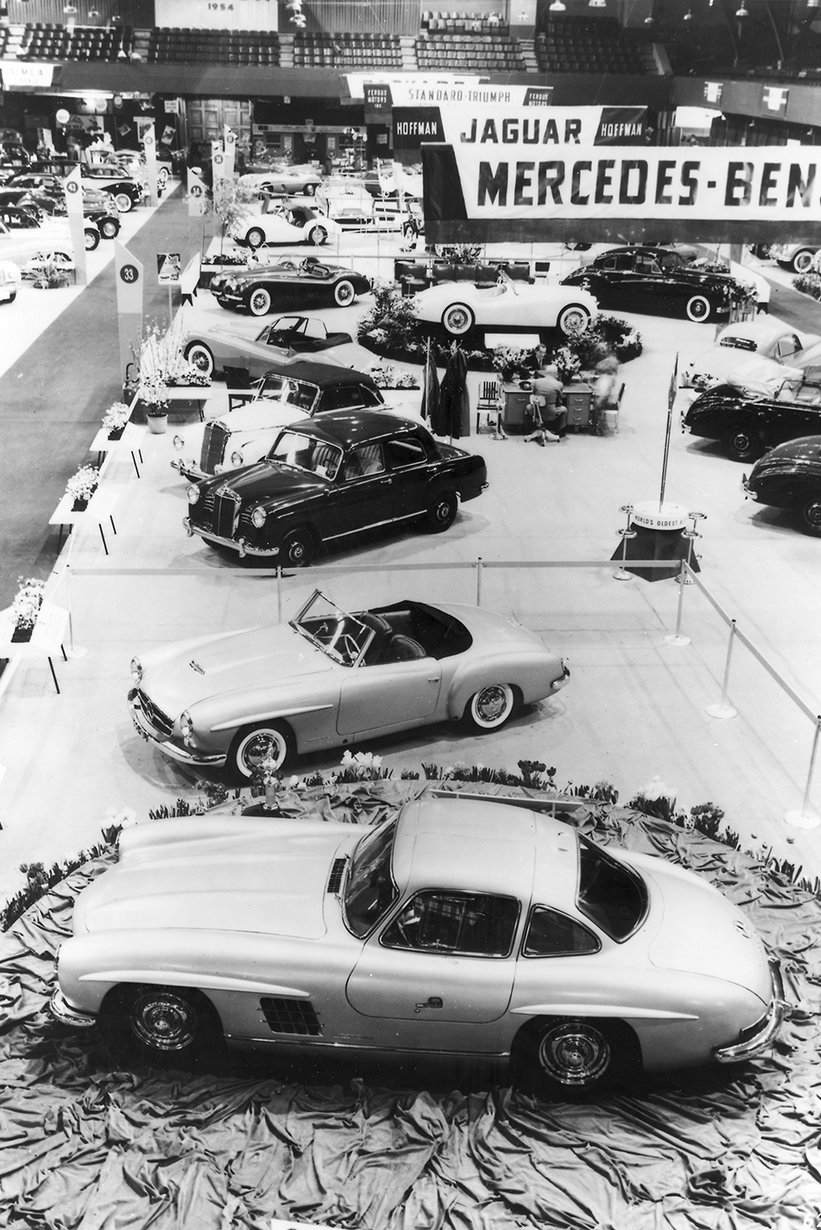
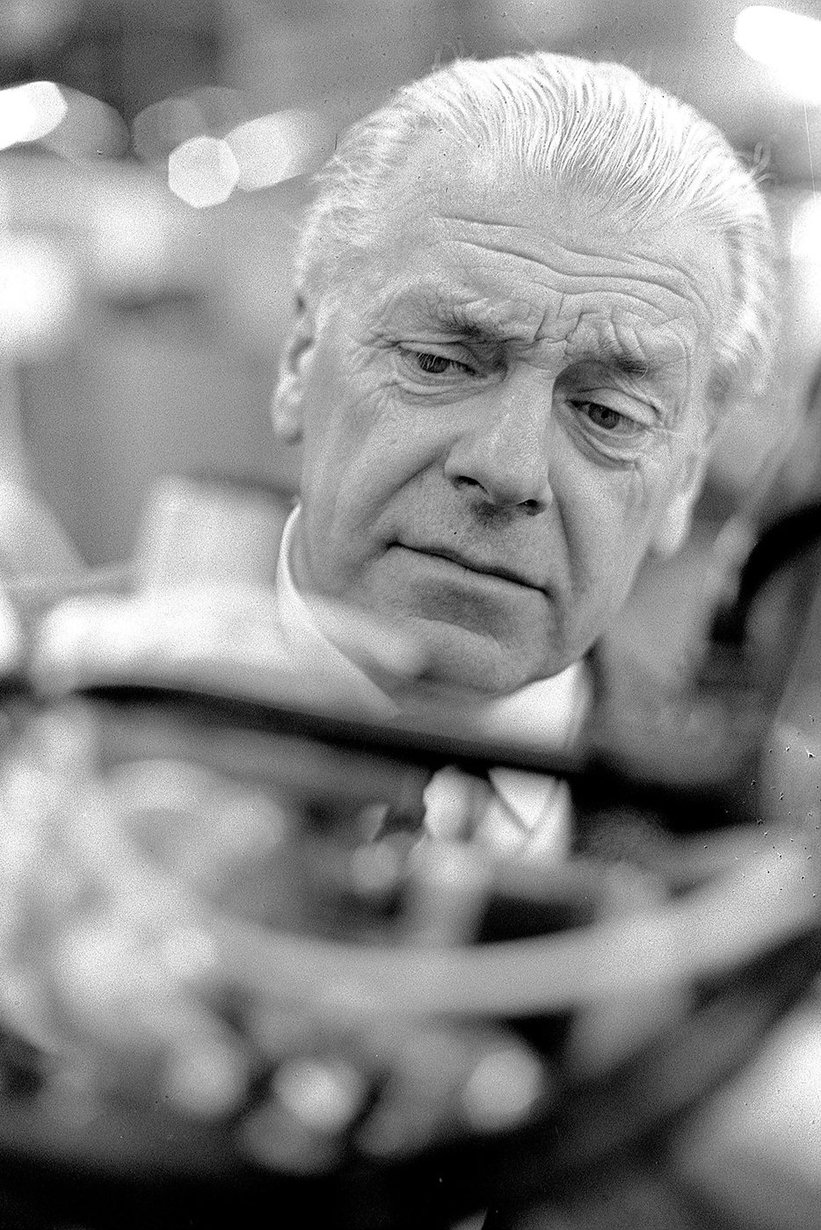
You had to have a lot of technical imagination to transform the baroque-shaped sedan of the Mercedes-Benz Type 300, which was so beloved by political leader Chancellor Konrad Adenauer, into the pure racer that was the 300 SL — with its wing doors, it became an adversary on the track in the 1950s and an icon in automotive history. Luckily, Rudolf Uhlenhaut had imagination in spades. Long before designers became the stars of the car scene, they decisively shaped the brand of a marque both on the race track and the road. The range of Uhlenhaut’s achievements varied from the ground-breaking W125 racing car of the 1930s, which was honoured by a silver Schuco model car, to the C111 sports car, the daring wedge-shaped concept of the late 1960s.
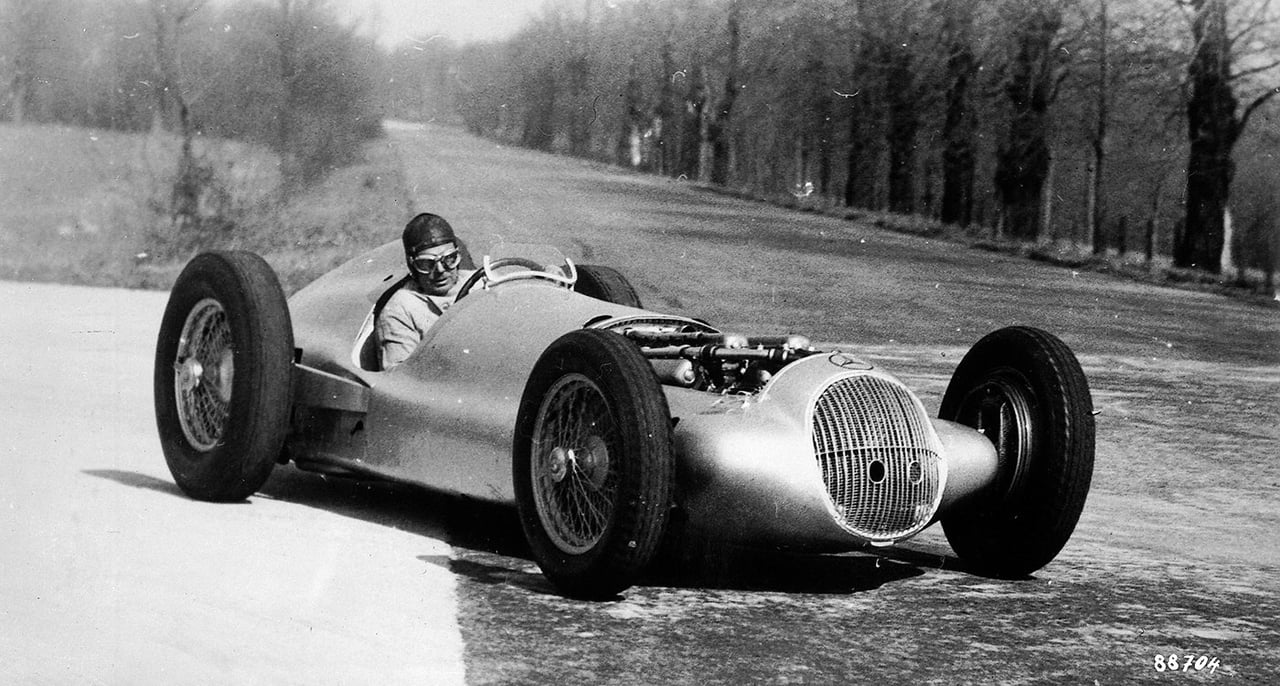

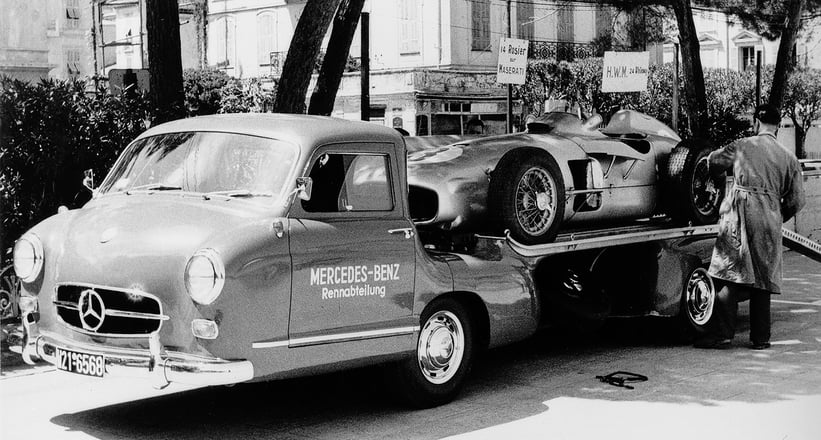
A career like Rudolf Uhlenhaut’s would probably be unthinkable today. Born in London in 1906, the son of an Englishwoman and a German banker, Uhlenhaut rose to the head of the race car department of Mercedes-Benz at the young age of 30. But, in 1936, with the first ‘Silver Arrow’, the W25, showing serious technical weaknesses when compared to its competitors, especially its arch rival Auto Union, the young engineer became somewhat of a last salvation for the marque. Seemingly undeterred, Uhlenhaut continued to develop the damping, suspension, and axle design, and a year later, the new W125, with almost 600hp on tap, won the European Championship title for Mercedes-Benz, with Rudolf Caracciola behind the wheel. A motorsport star was born.
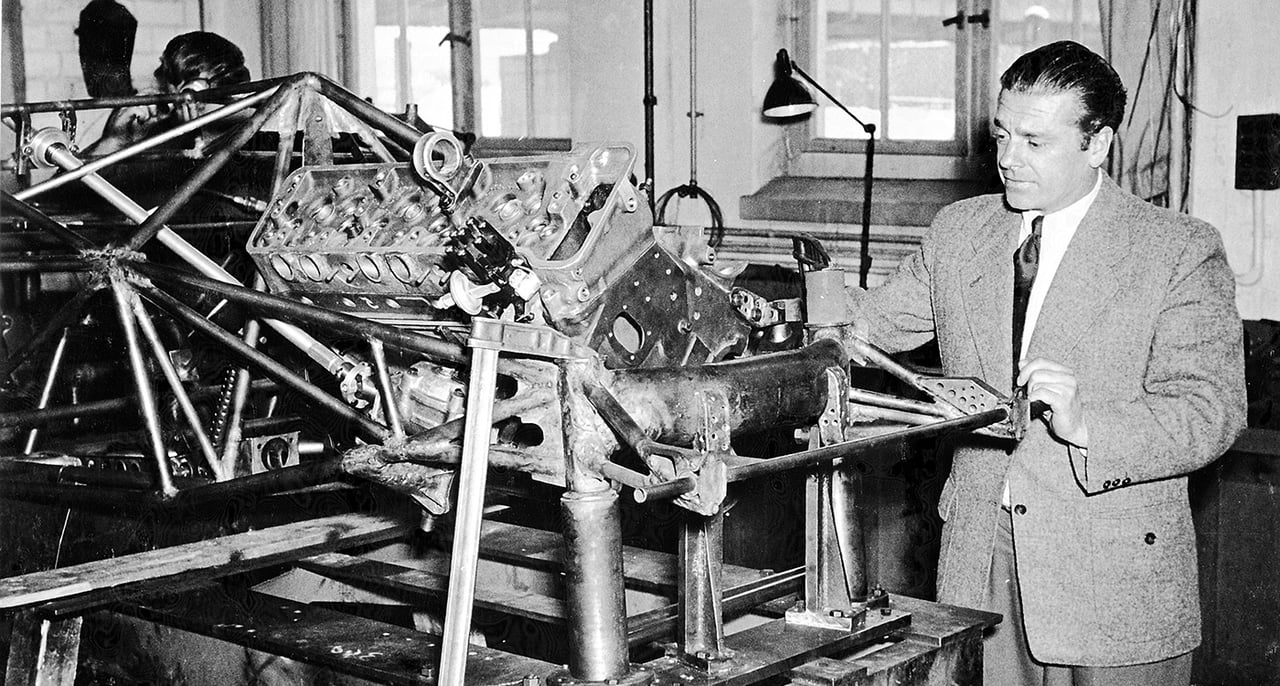
The brilliance in construction and the speed with which Uhlenhaut implemented his solutions were applied to all models until the Second World War. And when he returned to the Stuttgart company in 1948, the great mind of the creator of the fastest Silver Arrows went into overdrive. Among many things, he developed a lightweight and stable lattice tubeframe — presumably not yet aware that he was building the chassis of a later legend. At the beginning of the 1950s, Mercedes-Benz once again began offering regular sedans and convertibles to customers during the economic boom in Germany, but the call of motorsport success was simply too strong to be ignored.

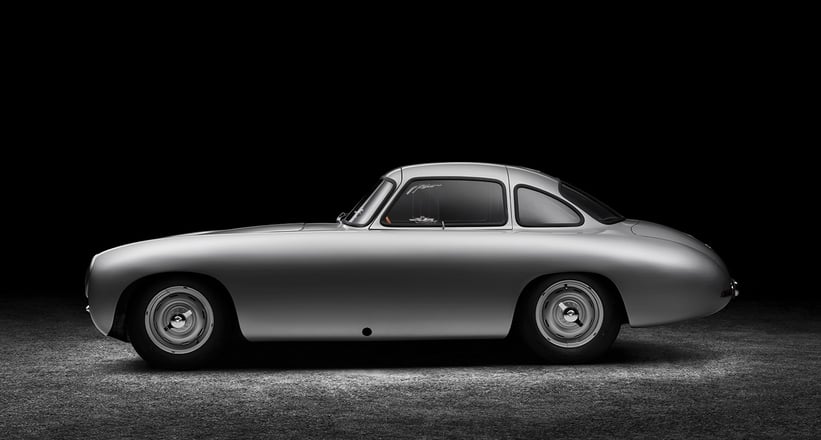

Because committing to the new Formula 1 championship was too expensive, the Mercedes-Benz board decided to participate in sports car racing for the 1952 year. The off-the-shelf engine from the Type 300 was enlarged to give it a more athletic cut and then coupled with a four-speed gearbox. And it was here that Uhlenhaut finally debuted his tubeframe chassis, which ensured less weight. The result was a low, streamlined racing car, the belt line of which was high to aid stability. Designers are creative — they don’t tend to be poetic. But with the British describing the upwards-opening doors as ‘Gullwings’, Uhlenhaut and his team created a spectacular and oft-copied trademark.
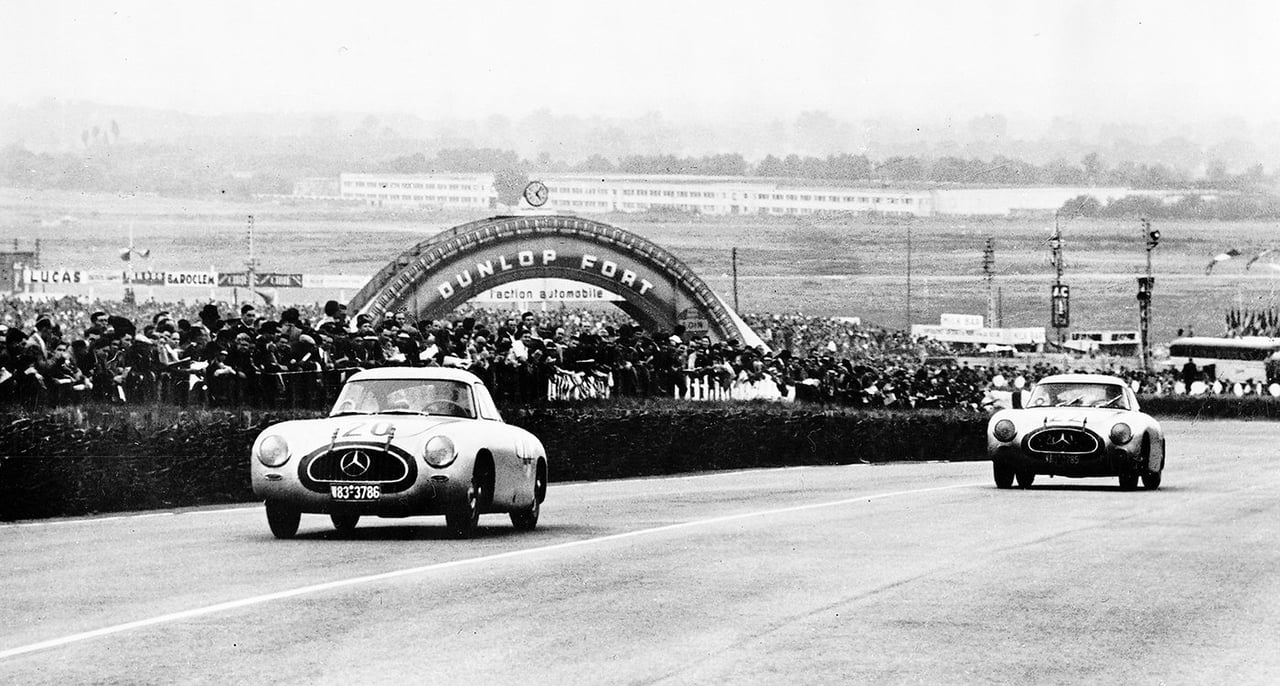
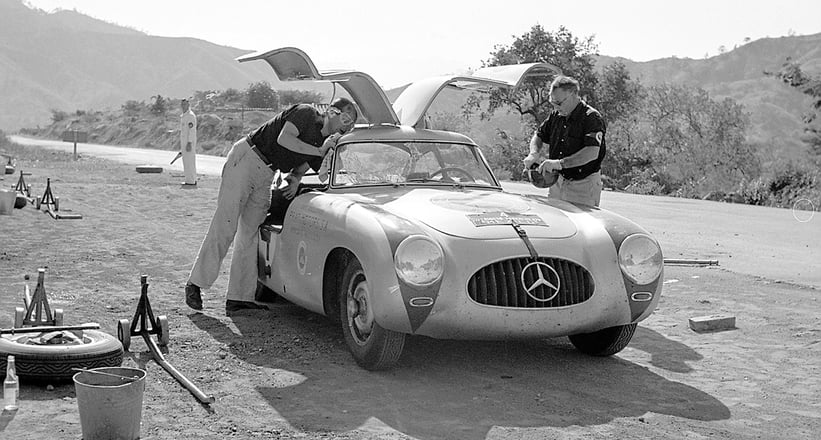
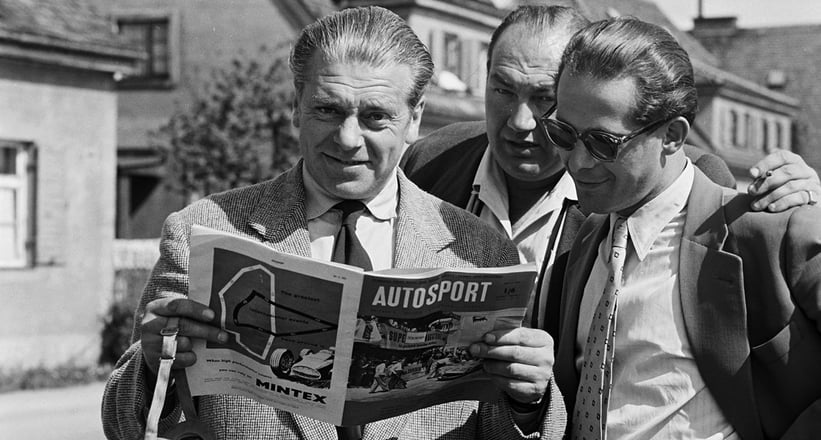
The 300 SL achieved a podium finish at its first Mille Miglia, celebrated victory at Le Mans, thanks to Hermann Lang and Fritz Riess, and conquered the infamous Carrera Panamericana in Mexico. Because the racing car’s Weber 40 carburettors were particularly thirsty on the road, Uhlenhaut decided to oversee the testing for the street version of the 300 SL, during which he led a team that developed the innovative direct injection system.
Sometimes there are coincidences that occur in life that every screenwriter wishes they could write, as they seem just too beautiful and fortuitous to be true. On 4 July 1954, while the German national football team was being crowned world champions in Bern, a few hundred kilometres north, on the Circuit de Reims-Gueux, Juan Manuel Fangio and Karl Kling sensationally raced to a double victory in the new Formula 1 championship — the ‘Silver Arrows’ from Mercedes-Benz were back. But it wasn’t just the W 196 monoposto that caused a sensation. A few months earlier, a new vehicle had been unveiled at the New York Motor Show — one that would be written in the annals history. This car, the 300 SL coupé, whose body looked as if it had been caressed by the wind, came into production thanks to the suggestion of US importer Max Hoffmann and debuted as a sports car for the road, but its genes came directly from motorsport, and its father was none other than Rudolf Uhlenhaut.
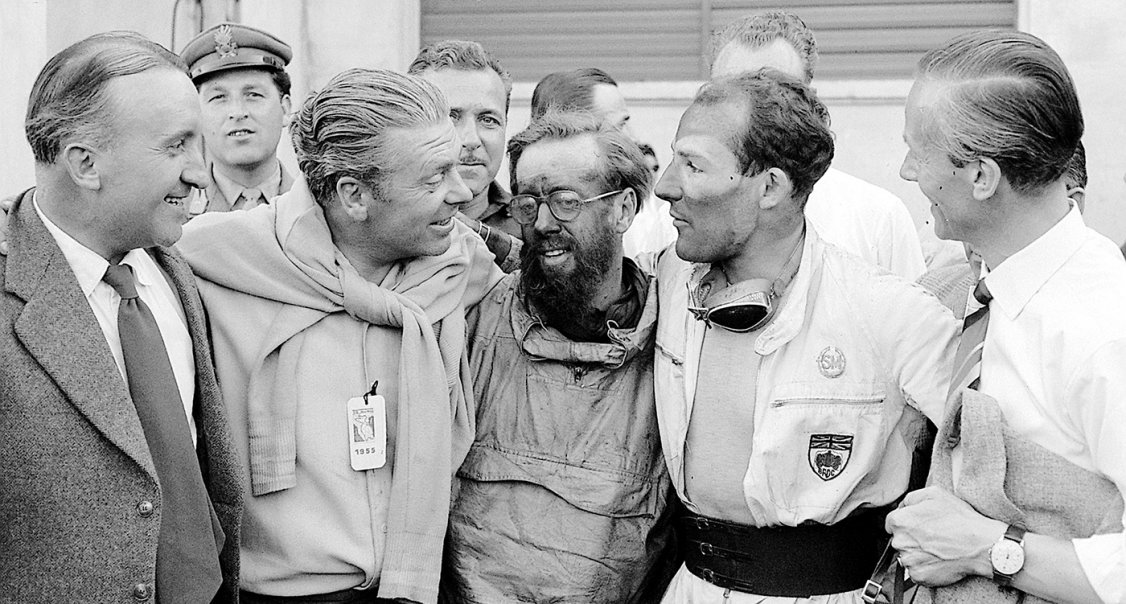
As a passionate motorcyclist and skier, “Mr Silver Arrow” Uhlenhaut understood lateral acceleration and, just like Colin Chapman at Lotus, was also an excellent test driver, who was respected by such legendary racing drivers as Stirling Moss and Juan Manuel Fangio. In 1955, during tests at the Nürburgring, it’s said that Uhlenhaut was three seconds faster than the great Argentine; after which, Fangio insisted on improvements be made to the car. Always the engineer, Uhlenhaut abandoned his own lunch and saw to the complaints — however futile they may have been.
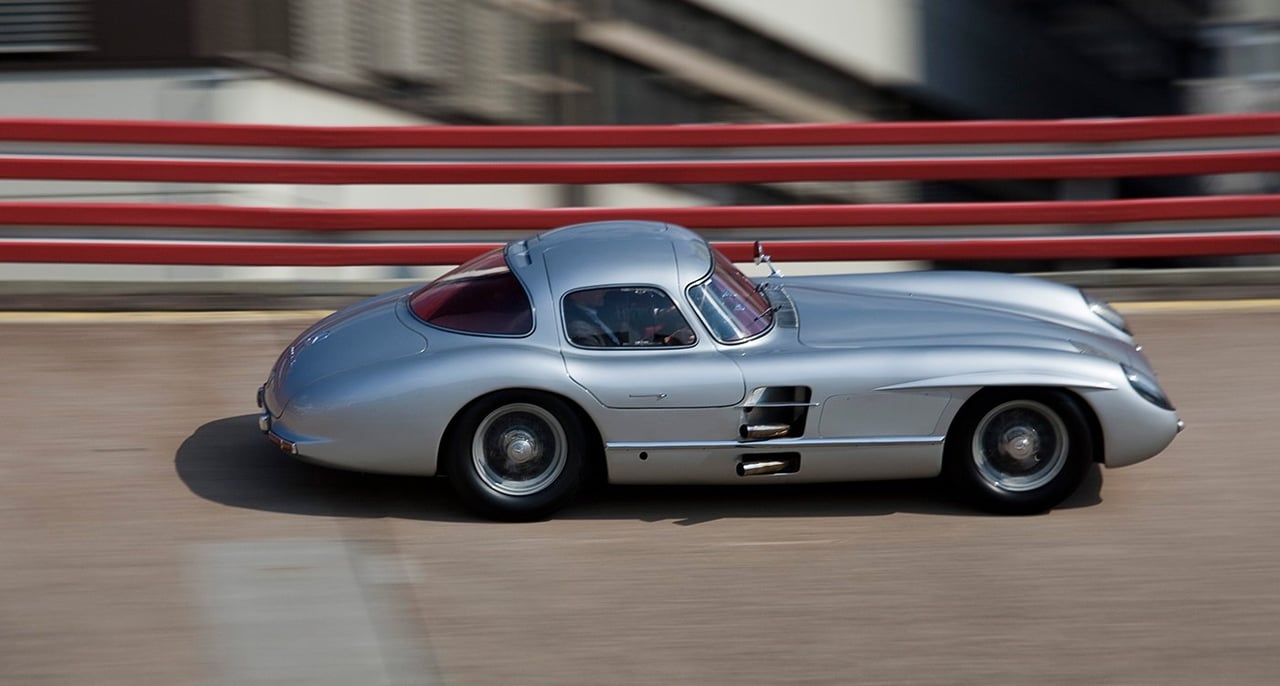
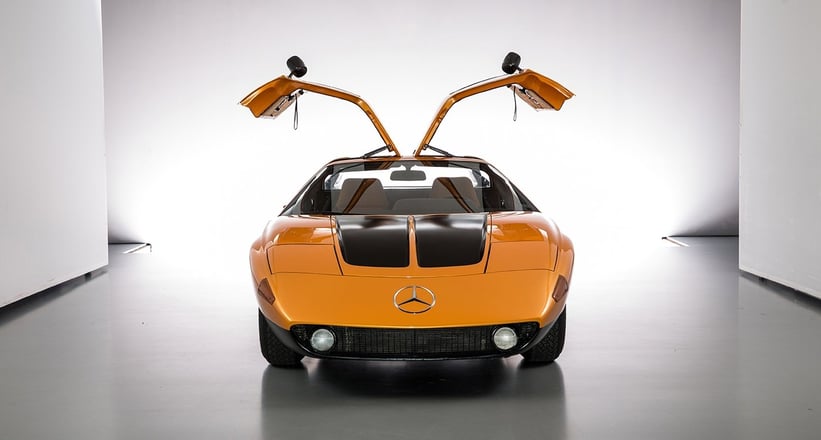
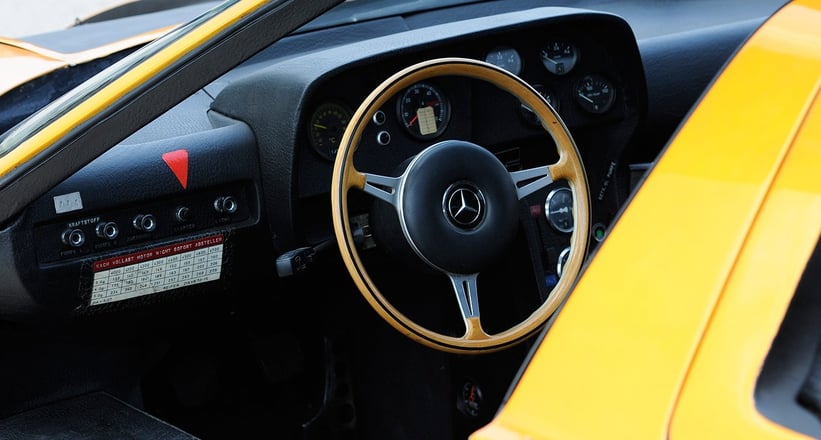
Uhlenhaut never owned his own car — it was hardly a necessity given the fleet that was available to him over the years. Nevertheless, a famous coupé, of which only two examples were built, was named after him. The striking closed-top version of the 300 SLR had been originally developed for the 1956 season. However, after the tragedy at Le Mans in 1955, Mercedes-Benz withdrew from motorsport. Just as lightweight construction and performance had been primary aims of the gifted designer from early on, he became increasingly concerned with the quality and workmanship that would become core values of the brand in the coming years. The beautiful, wedge-shaped C111 concept car, which was built at the end of the 1960s and initially equipped with a Wankel engine, must have appeared to the great engineer like a memory of the dynamic challenges he’d previously faced. Uhlenhaut retired in 1972 as the director of the development department for passenger cars and later died in 1989, but his engineering heritage continues to this day.
Photos: Daimler








































